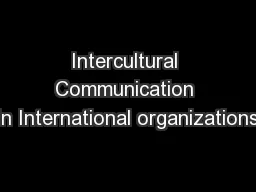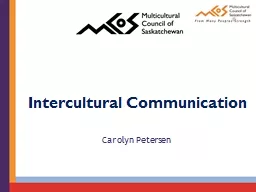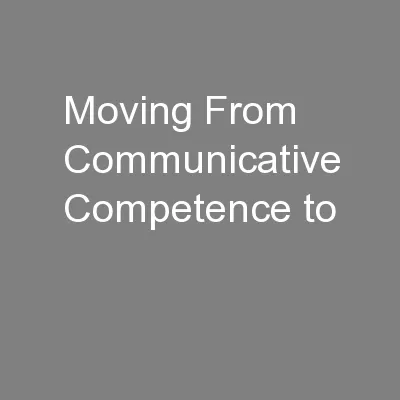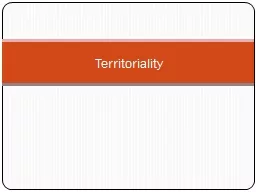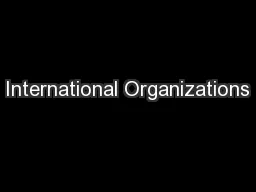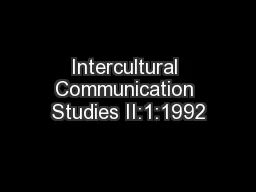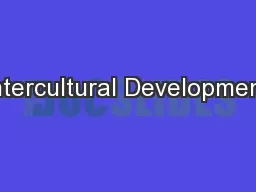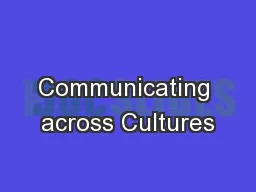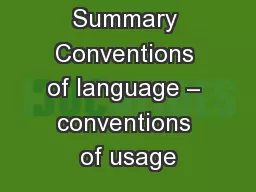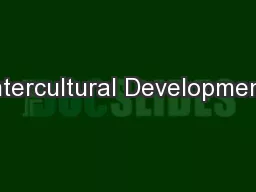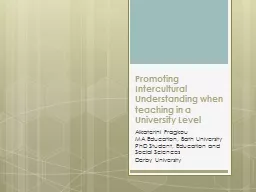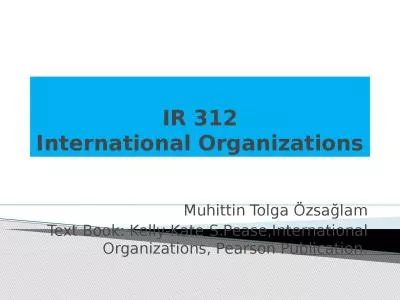PPT-Intercultural Communication in International organizations
Author : celsa-spraggs | Published Date : 2016-11-08
COM 372 John R Baldwin jrbaldwilstuedu 1 In orde 5 Aspects of Organizations Existence of a social collective Organizational and individual goals Coordinating activities
Presentation Embed Code
Download Presentation
Download Presentation The PPT/PDF document "Intercultural Communication in Internati..." is the property of its rightful owner. Permission is granted to download and print the materials on this website for personal, non-commercial use only, and to display it on your personal computer provided you do not modify the materials and that you retain all copyright notices contained in the materials. By downloading content from our website, you accept the terms of this agreement.
Intercultural Communication in International organizations: Transcript
Download Rules Of Document
"Intercultural Communication in International organizations"The content belongs to its owner. You may download and print it for personal use, without modification, and keep all copyright notices. By downloading, you agree to these terms.
Related Documents

